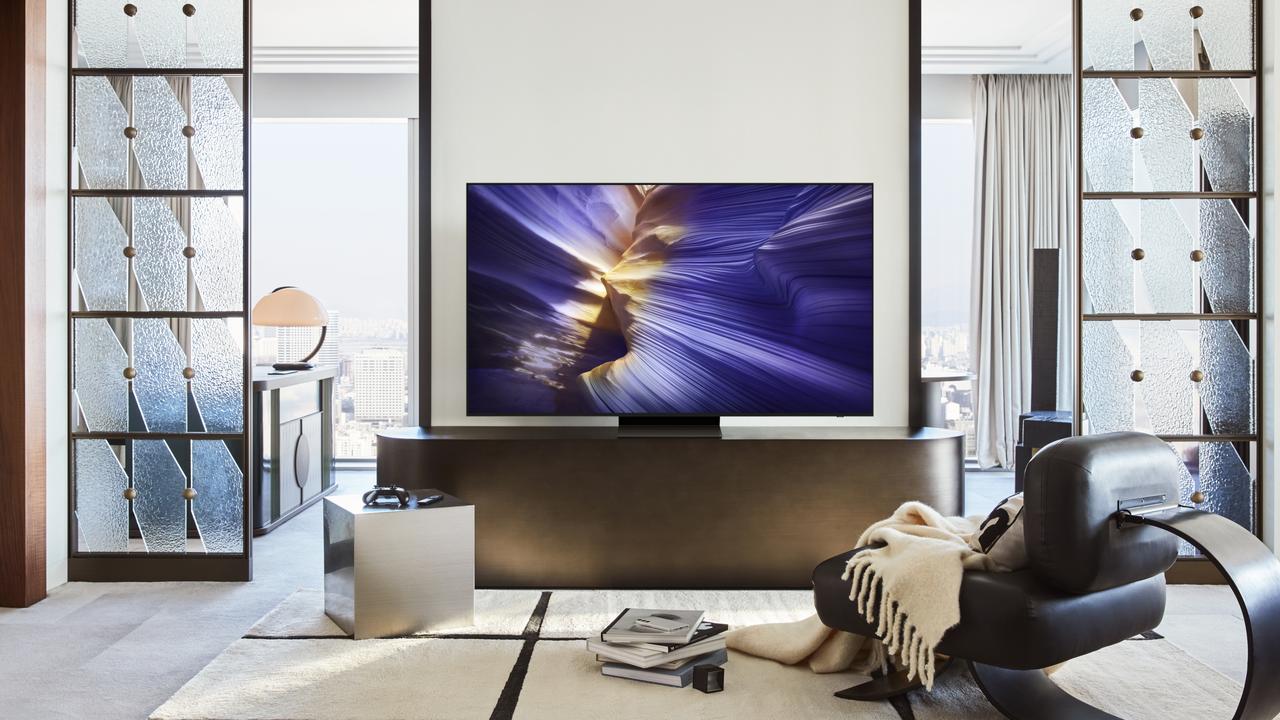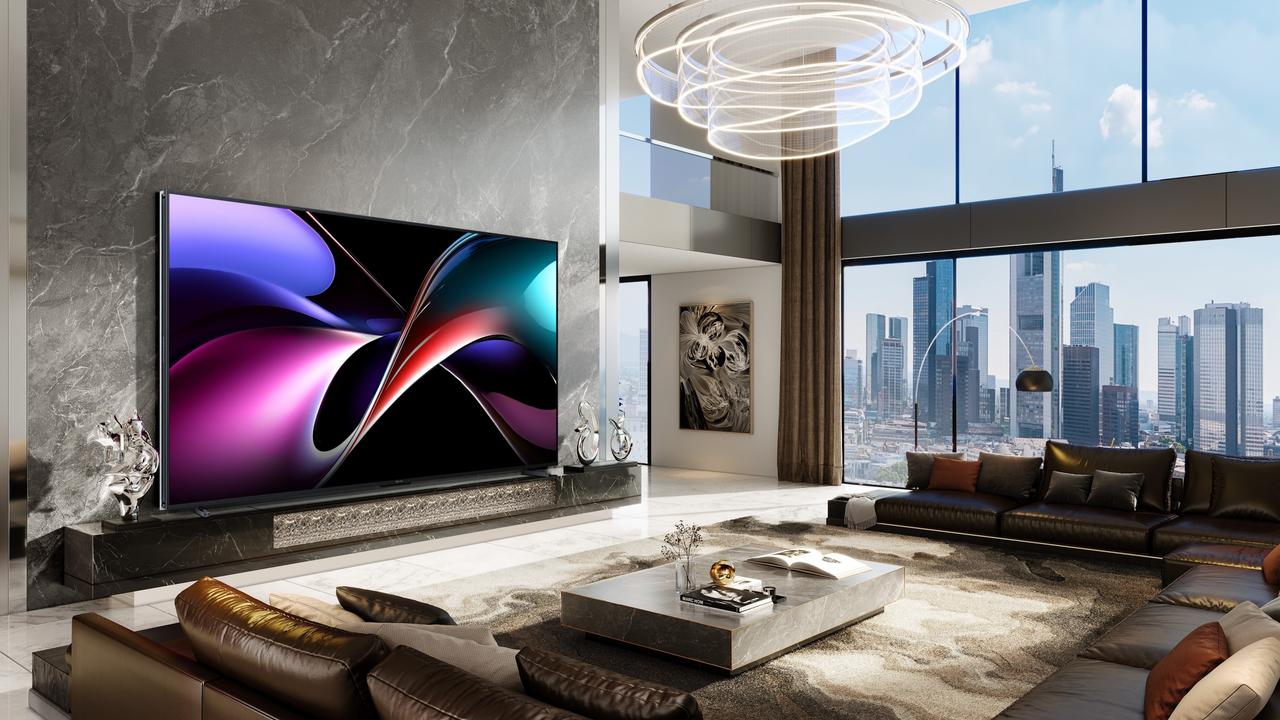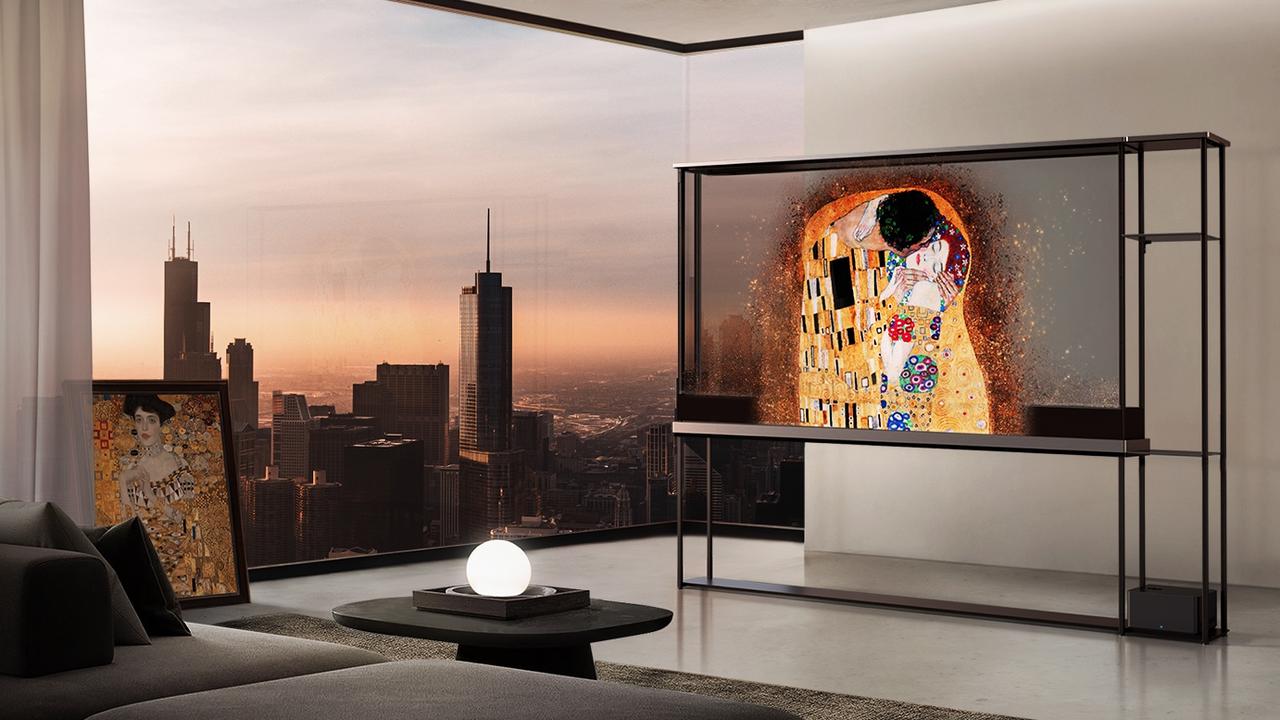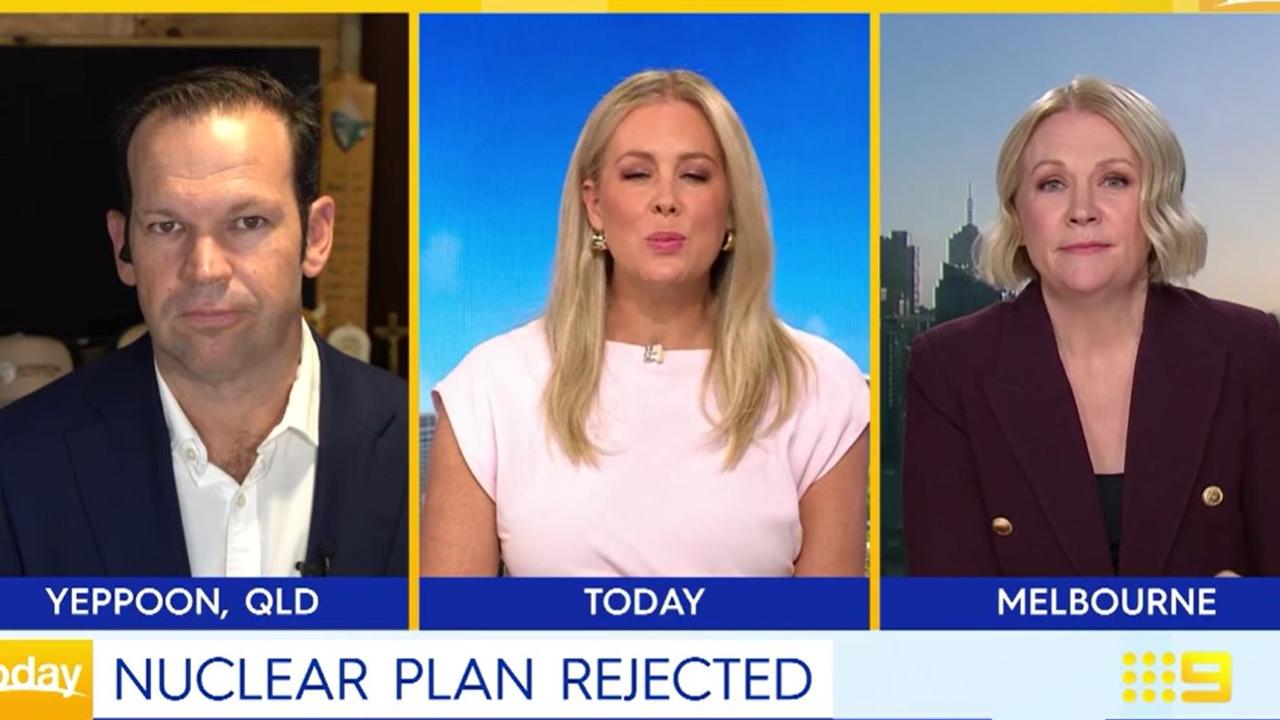Picture reveals TV manufacturers believe Aussies will continue to spend big – despite cost of living concerns
We’re cash strapped and pinching the pennies – apparently. But one image reveals Australians are still keen to spend serious cash on some purchases.
TV
Don't miss out on the headlines from TV. Followed categories will be added to My News.
It’s a picture taken at the world’s largest technology show that could have you questioning if Australia is in a cost of living crisis at all.
A snap taken of a range of high-end televisions, bigger and more expensive than ever before – and all destined to be sold at Australian stores this year.
Aussies may believe they are cash strapped – but a significant number of us appear to have tens of thousands of dollars to spend on new wide-screen televisions.
For the likes of LG, Samsung, Hisense and TCL, Australia remains a significant and lucrative market.
But an Australian economist has told news.com.au that the sight of shiny new TVs, with price tags north of $20,000, is actually a sign of a “two speed consumer economy”.
“The cost of living has risen, yes, but there’s still an incredible amount of wealth in certain pockets of Australia,” said Jason Murphy.
The CES consumer technology show in Las Vegas, held last week, is a global showcase of all the home appliances that manufacturers hope we won’t be able to get enough of.
Top of that list is televisions.
When it came to Australia, there were two notable TV announcements.
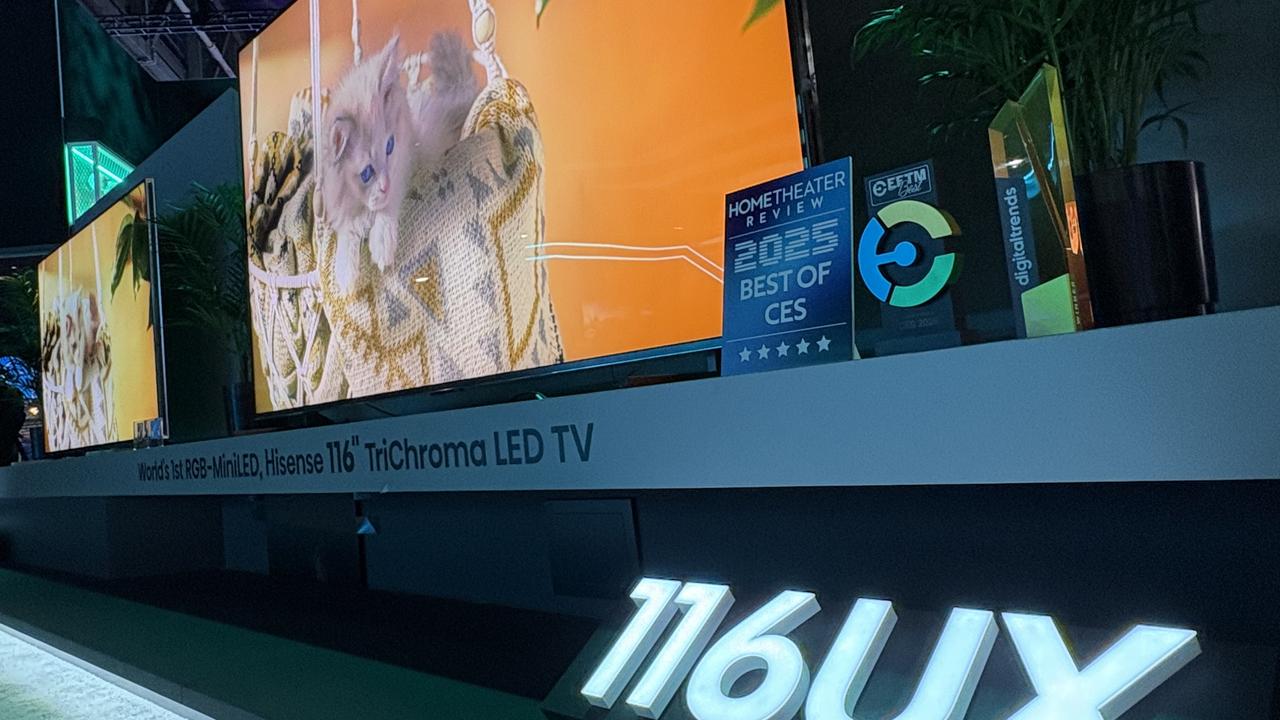
Korea’s LG confirmed that its revolutionary transparent TV will make it to Australia early in 2025.
When turned off, the Signature OLED T goes fully see-through.
Turn it on, and you can choose to keep the transparency going or a blind rises from the back of the 77 inch TV converts it into a traditional screen.
It will likely be in the region of $80,000 a pop.
Meanwhile, Chinese rival Hisense has confirmed it will offer what it claims is the biggest ever TV to go on sale in Australia.
The TriChroma LED TV is 116 inches wide and will likely set you back more than $20,000.
These are not the budget boxes you might have thought manufacturers would be spruiking in tough times.
That’s despite trimmed mean inflation – trimmed removes volatile aspects of the consumer price index basket – in November being at 3.2 per cent. That’s above the RBA’s range of 2 to 3 per cent.
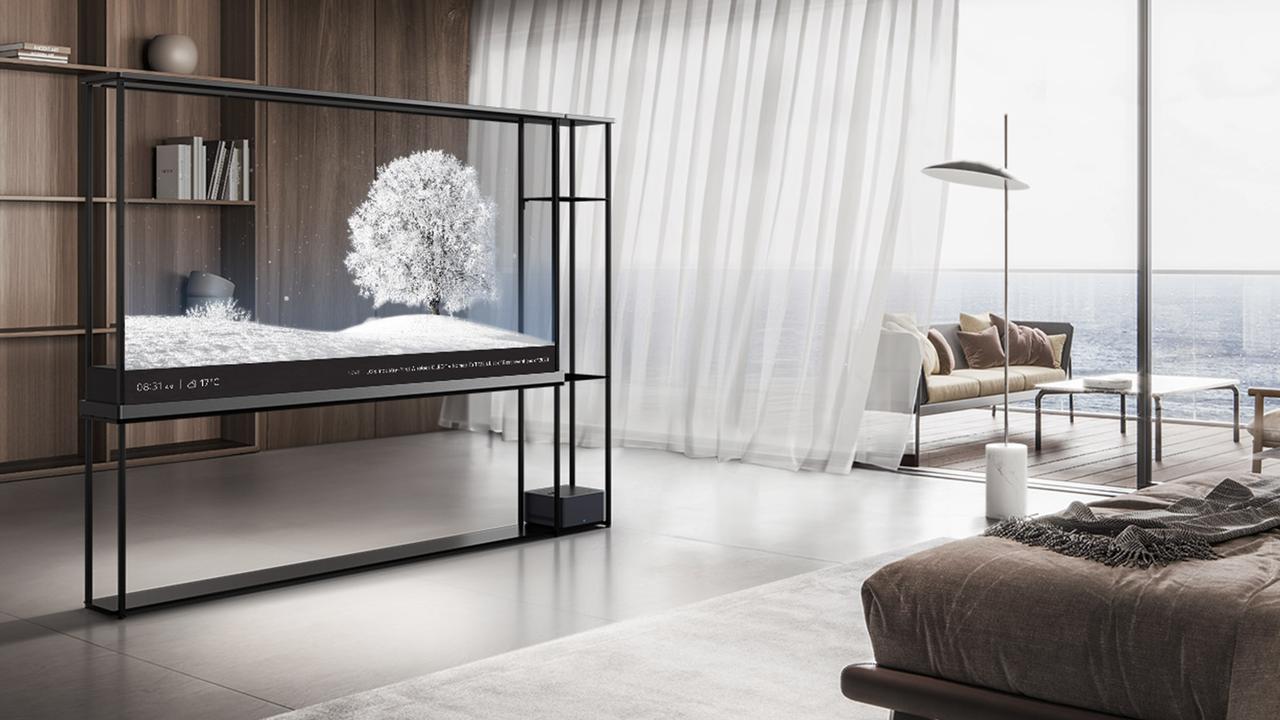
Aussies buy bigger TVs – except when they don’t
Research by online retailer Kogan found Australian TV sizes have risen by 54 per cent from 2015.
Back then 65 inches was the upper limit, now it’s more like 100 inches.
The average TV size has also risen from 32 inches to 55 inches. That’s been driven by better screen clarity and colour coupled with reasonable prices.
Essentially, Aussies have been encouraged to trade up to bigger, better quality boxes.
The only year that wasn’t the case was 2020 when Aussies went back to 32 inch TVs possibly because in the initial months of Covid people tightened the purse strings.
Manufacturers have admitted that showing off expensive TVs doesn’t actually mean they expect most Aussies to buy them. Rather it brings a “halo” effect to the entire range.
It’s a bit like Emirates installing showers in first class on A380s. Most of us will never experience the indulgence but it makes us think Emirates’ economy is a cut above the rest.
You may ogle the transparent TV – but then buy a cheaper model from the same company.
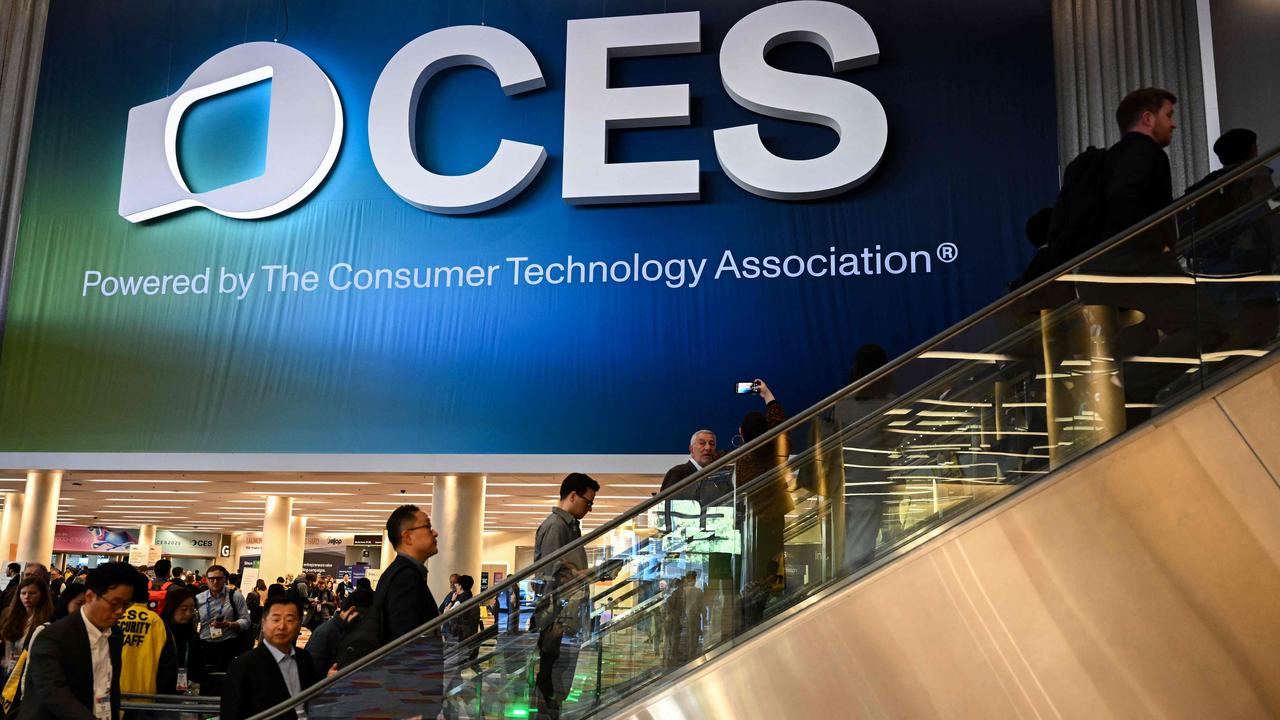
‘Bang for buck’
LG Australia’s home entertainment marketing chief Tony Brown told news.com.au at CES that the firm had a “very good year in TV sales”.
But it didn’t expect its transparent TVs would be in living rooms across Australia this year. LG’s focus was on “the latest tech at reasonable prices”.
“There are cost of living pressures in Australia, and it is hurting people. We see that and we are reacting,” said Mr Brown.
“We always do well in the high end and we sell quite a few OLEDs and premium TVs. But we’ve expanded our QNED range, and we’ve also made our OLED pricing this year similar, if not the same, in most things to the year before.
“The technology has got better so you’re definitely getting more bang for buck.”
Some brand new top notch TVs come in at just a few thousand dollars, said Mr Brown,
“Whoever you are, you should be able to get an LG TV which we’d argue that it’s a more premium choice.”
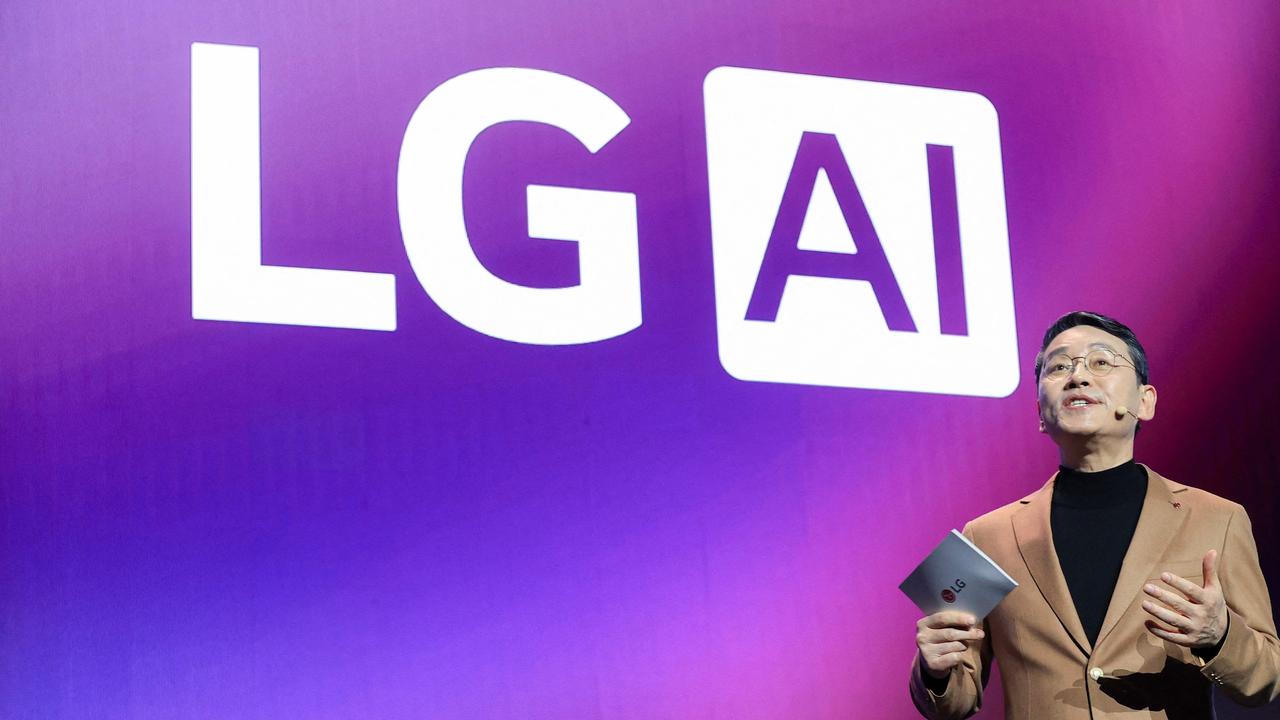
Samsung Australia’s consumer electronics vice president Jeremy Senior concurred that Aussies were still in love with wide screens.
“But they’re very conscious of getting value, and value doesn’t always have to be the cheapest price,” he said in Las Vegas.
“It’s about the things that deliver meaning to consumers. Samsung TV plus delivers consumers 120 free, ad supported TV channels, which is added value that you don’t get from anywhere else, along with the functionality of AI.
“We think that we’re building a strong value proposition coupled with a really extensive range of TVs that suit the needs of consumers, no matter what their circumstances,” said Mr Senior.
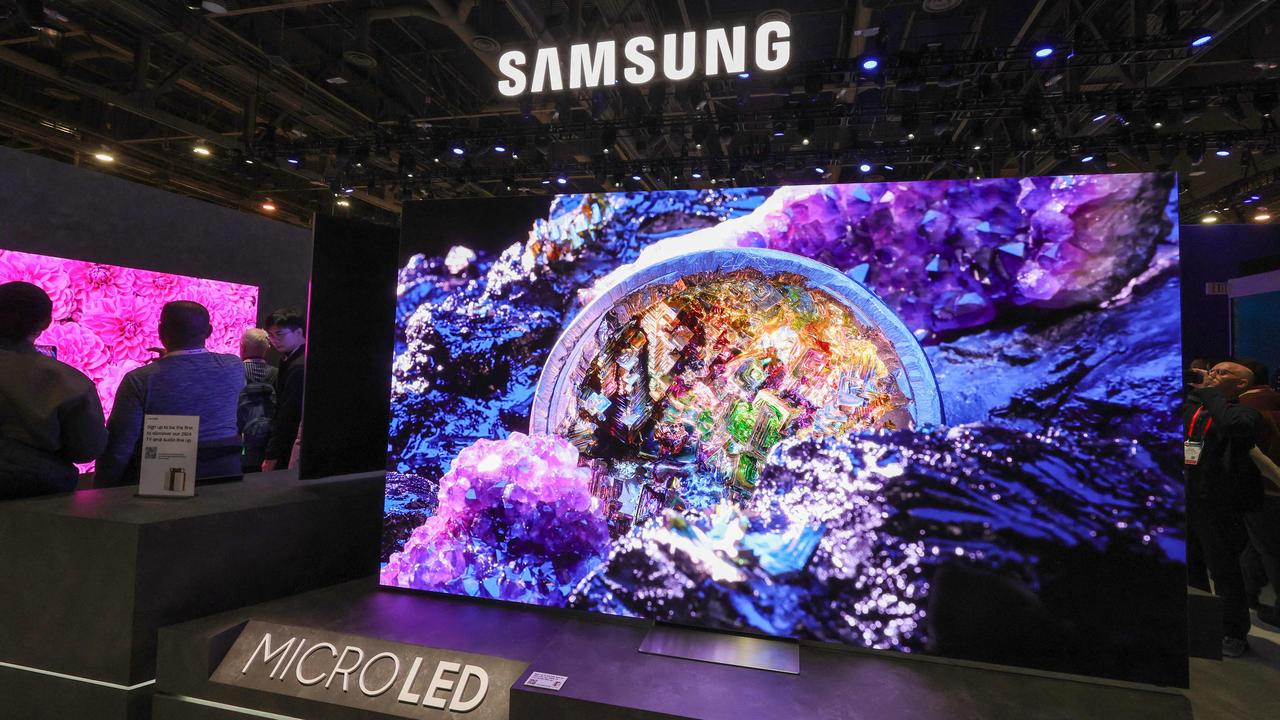
Fall in electronic sales
For all the bombast, however, these are nervous times for the TV giants.
According to the Australian Bureau of Statistics, while the retail sector in November ticked up by 0.8 per cent overall, the category of electrical and electronic goods – which includes TVs – fell by 0.1 per cent.
“Consumer electronics seem to have flat lined,” professor of consumer behaviour at QUT, Gary Mortimer, told news.com.au.
He said people splashed out on big screen TVs during the pandemic and the decline could be down to little current enthusiasm to replace a three year old $6000 set.
“There may be some truth in the top end, premium segment however. If you’re spending over $12,000 on a TV, you’re not too worried about servicing your mortgage, interest rates, or paying rent.
“This group tends to be over 55, have good super balances and no debt. They are the ones taking Scenic Cruises through Europe,” said Prof Mortimer.
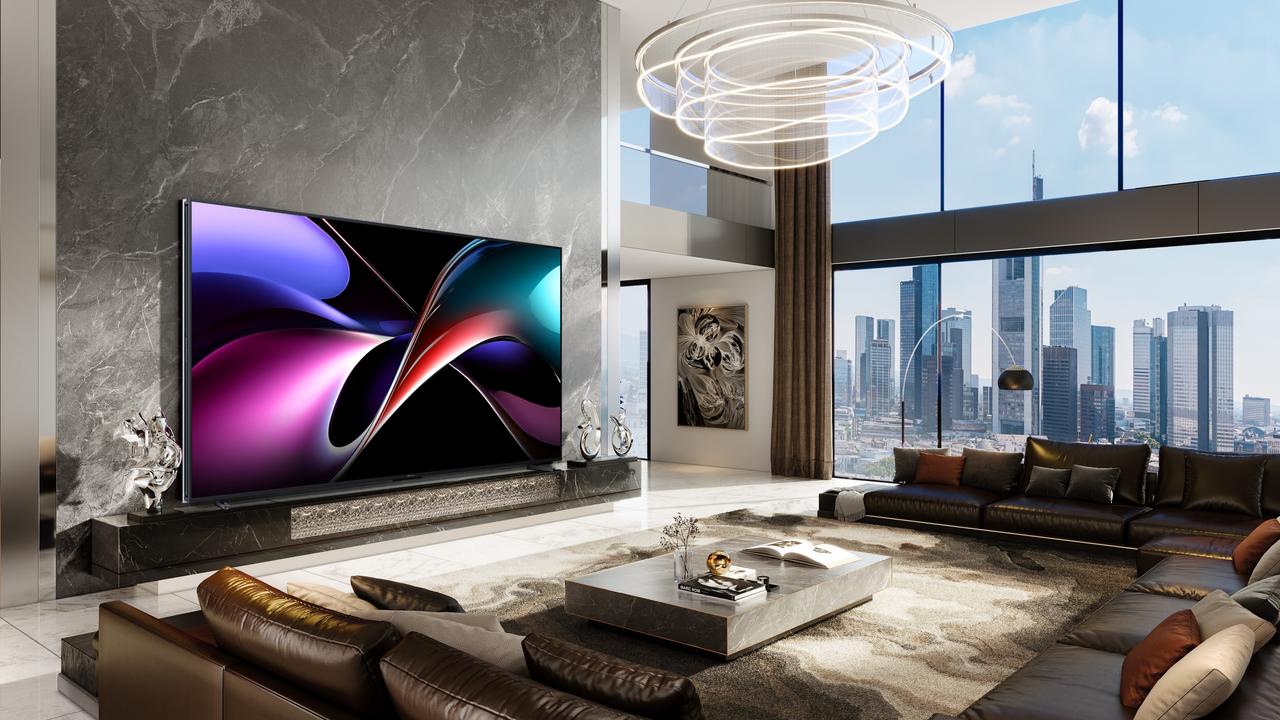
In terms of market share, manufacturers are often tight lipped. But companies offering cheaper TVs are making inroads.
According to analysts Omdia, Samsung and LG continue to dominate TV with shares of 19 per cent and 17 per cent respectively. But Chinese rivals TCL and Hisense are highly competitive. TCL now commands 12.5 per cent of the TV pie, for instance.
Hisense’s Christopher Mayer told news.com.au the brand was being pitched to consumers as “premium attainable”.
“We are great value for money. And in this current climate, that’s a really good offering,” he said.
“Our product is going to be superior to anything that could have been brought at that same price”.
Mr Mayer said Aussies were definitely in love with wide screens.
“We’re number one in 100 inch plus. There is that desire there”.
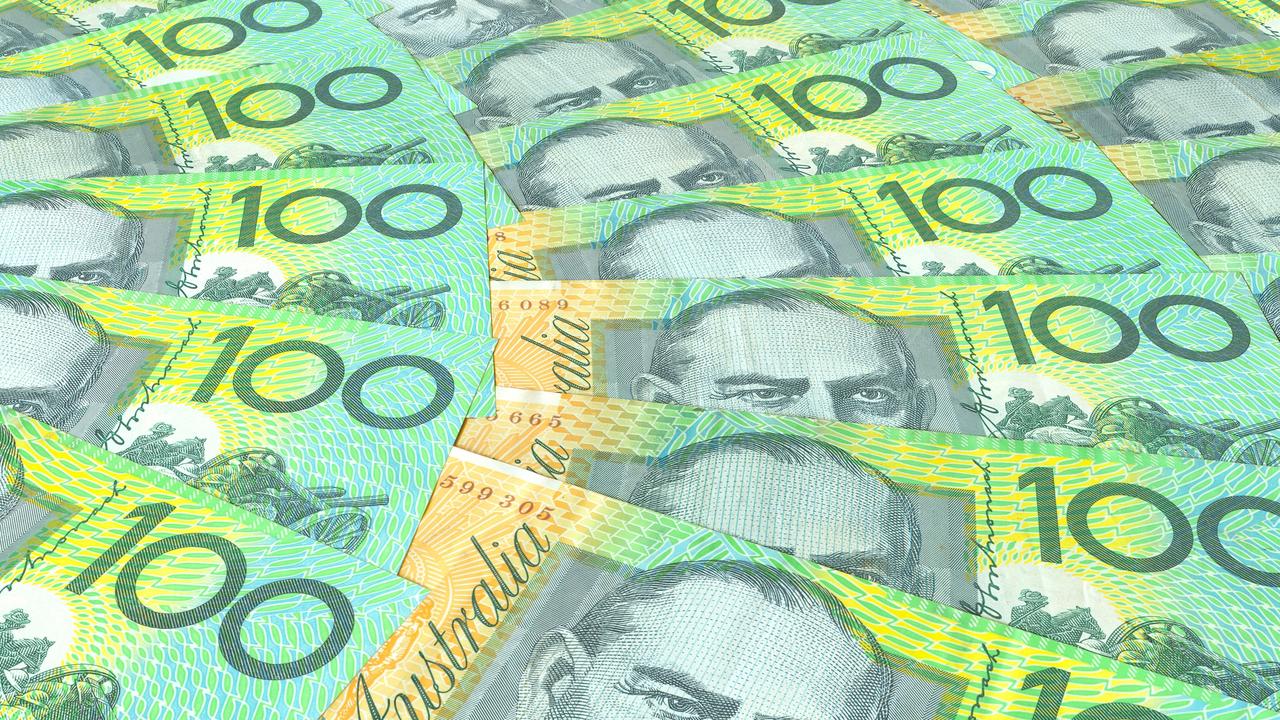
‘Two speed Australia’
Australian economist and commentator Mr Murphy said there were two distinct consumers.
“It’s a two-speed consumer economy in Australia, and that shows up in the TV market,” he said.
“While renters are watching YouTube on their ancient Android phones, there’s a group of older people, living in paid-off homes, enjoying burgeoning super balances and thinking to themselves, ‘You know what? Maybe this TV could be bigger.’”
The TV offerings coming our way direct from CES in Las Vegas suggest manufacturers are confident Aussie will continue the love affair with wide-screen TVs – economy be damned.
But their fingers will be crossed 2025 won’t be 2020 again, when cash strapped consumers slid back a screen size or two, and paid less for their home entertainment.
The reporter travelled to CES with the assistance of LG.
Originally published as Picture reveals TV manufacturers believe Aussies will continue to spend big – despite cost of living concerns




